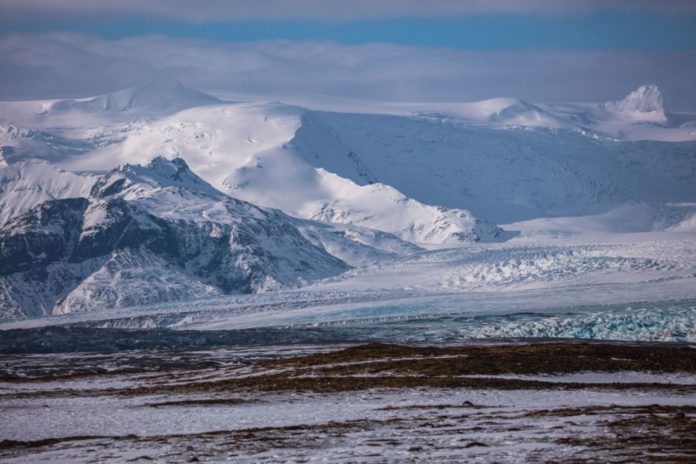Antarctica is home to some of the most elusive natural wonders ever seen. Strange colours emerge, animals grow unusually big, and boiling lava erupts in one of the world’s coldest areas. Scientists have just uncovered yet another strange aspect of life on the ice continent.
Researchers scoured the terrain and discovered a croissant-shaped particle of stardust that was undetectable to the human eye.
With the help of special microscopes, they detected an “ancient star dust”.
It was so tiny, measuring only about 1/25,000 of an inch in diameter.
- Brief Anger Hampers Blood Vessel Function Leading to Increased Risk of Heart Disease and Stroke – New Study
- New Blood Test Pinpoints Future Stroke Risk – Study Identifies Inflammatory Molecules as Key Biomarker
- Enceladus: A Potential Haven for Extraterrestrial Life in its Hidden Ocean Depths
- New Experiment: Dark Matter Is Not As ‘DARK’ As All We Think
- Scientists in Fear of This New Predator From Red Sea Eating Native Species in Mediterranean
The speck, which was discovered inside a meteorite that crashed into Antarctica, is thought to have originated from a nova explosion.
Though it was way too small for the researchers to date it, they guessed, based on its composition and the meteorite that it came from, that its at least 4.5 billion years old — around the time our solar system formed.
Named LAP-149, the blue and red speck has extremely high levels of a very specific form of carbon, called iron-60.
Nothing on the planet has shown such high levels.
The Earth is often bombarded with extraterrestrial dust.
But the researchers, who published their findings in the journal, ‘Physical Review of Letters’, said this was the “very first detection of a recent influx”.
Initially found in 2019, the team, led by Dominik Koll, examined the possibility that the iron-60 could have come from terrestrial sources.
They eventually concluded that it must be interstellar in origin, likely coming from a supernova in the neighbourhood of our Sun.
Mr Koll, a physicist from the Australian National University, told Newsweek: “We collected 500 kilograms [1,100 pounds] of surface snow in Antarctica, shipped it to Munich in a frozen state, melted and filtered it and did some chemistry on the filters and on the water.
“The measurement of iron-60 was then done at the accelerator lab in Garching, Germany with accelerator mass spectrometry — that’s single atom counting.”
They found that the snow contained substantial quantities of dust-enriched with iron-60, not naturally produced on our planet, that had accumulated over the past two decades or so.
A rare substance, which is an isotope of the element iron – a chemical variant which has atoms that contain a different number of neutrons (in this case, four more than standard iron.)
The radioactive isotope has a half-life of around 2.6 million years.
This is essentially the time it takes for one half of the atomic nuclei in a sample of the substance to decay.
It is, as a result, extremely long-lasting, especially compared to other radioactive molecules with short half-lives, enabling scientists to detect it.
The researchers said that only ageing, massive stars in their death throes and certain types of supernova explosions can produce heavy metals such as iron-60, spewing particles of these substances into space.
A star must be tens of times more massive than our Sun to be capable of creating iron isotopes.
This indicates that the iron-60 originated from outside of the Solar System.
In a statement, Mr Koll added: “It must have been a supernova, not so near as to kill us but not too far to be diluted in space.”
The conclusion led him and his team to suggest that our planet was once littered with the iron-60 particles at some point in our Solar System’s travels through a region of our galaxy known as the Local Interstellar Cloud.
This region, which spans about 30 light-years across, is thought to have formed after massive stars exploded as supernovae, ejecting vast quantities of gas into space.
- Brief Anger Hampers Blood Vessel Function Leading to Increased Risk of Heart Disease and Stroke – New Study
- New Blood Test Pinpoints Future Stroke Risk – Study Identifies Inflammatory Molecules as Key Biomarker
- Enceladus: A Potential Haven for Extraterrestrial Life in its Hidden Ocean Depths
- New Experiment: Dark Matter Is Not As ‘DARK’ As All We Think
- Scientists in Fear of This New Predator From Red Sea Eating Native Species in Mediterranean
However, it is unclear where exactly the iron-60 came from.
Image Credit: Getty
